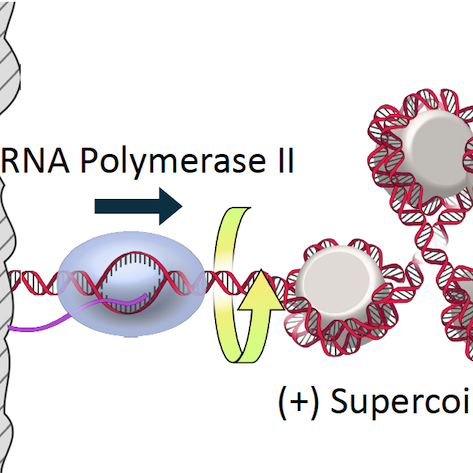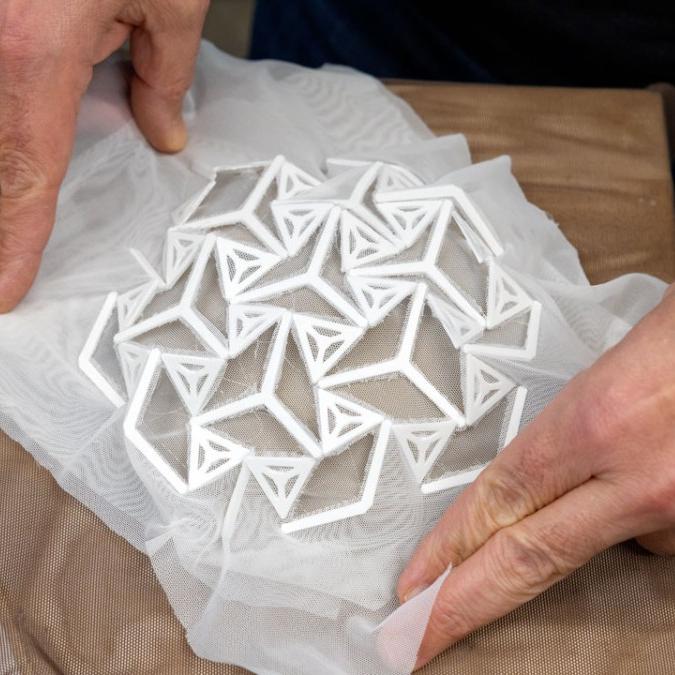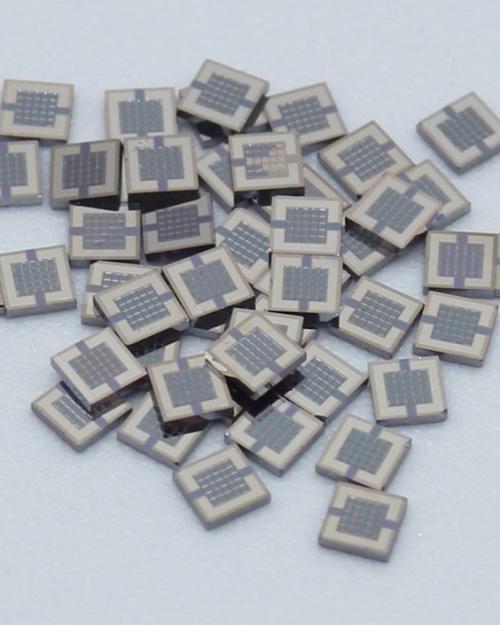Cornell chemists and nanofabrication experts have joined forces to create a 2 millimeter-wide, wireless, light-activated device to simplify electrochemistry for broad use.
Essentially a miniature version of a rooftop solar panel, the device – called SPECS (Small Photoelectronics for ElectroChemical Synthesis) – can be dropped into high-throughput experiment plates commonly found in academic and industry laboratories to spark electrochemical reactions using light – at industrial scale.
“I’m excited about bringing electronics into the small world, and this device is a great new way of getting information in and out of a system using light,” said Paul McEuen, the John A. Newman Professor of Physical Science Emeritus in the College of Arts and Sciences (A&S), whose recent work in nanofabrication and microfabrication has spanned many disciplines. Now he’s developed an application that fits into the 20 microliter well of a high-volume experiment plate.
McEuen and organic chemist Song Lin, Tisch University Professor of chemistry and chemical biology (A&S), are corresponding authors of “Light-Harvesting Microelectronic Devices for Wireless Electrosynthesis,” published Jan. 9 in Nature. Co-first authors are Bartosz Górski, postdoctoral researcher in the Lin Lab, and Jonas Rein, doctoral student in chemistry and chemical biology. Samantha Norris, Ph.D. ’23, and Yanxin Ji, doctoral student in physics, contributed.
Electrochemistry, which depends on electrical current to spark chemical reactions, is an efficient, nontoxic and sustainable way to make and study new molecules, Lin said. But the technique’s intricate equipment – electrodes, wires and power supplies – has hindered its large-scale use in areas such as the pharmaceutical industry.
“Fundamentally, chemists want to control the progress of reactions,” Lin said, noting that the device works without wires and without the toxic byproducts of many traditional chemical reactions.
The researchers condensed a solar panel into a tiny silicon photodiode: 25 photodiodes were strung together to form a 2 mm square – small enough to fit inside a 20-microliter well of a high-throughput experimental plate, yet with enough collective voltage to drive chemical reactions.
“It’s really as simple a device as the photovoltaic panels on a house,” McEuen said, “only a million times smaller.”
Under light similar to a sunny day, the miniature photodiodes put out a current and drive it into whatever solution they’re immersed in. “You’re zapping the molecules, passing a current through,” Lin said. “These molecules accept the electrons and undergo further transformations.
“It’s one of the most intimate ways of interacting with molecules because most chemical reactions are driven by moving electrons from high potential to low potential,” Lin said. “You’re providing that electron directly using the current to drive chemical reactions.”
The direct current lets medicinal chemists – trying to discover new drugs for treating diseases like HIV, diabetes and cancer – access new molecules they can’t make otherwise, Lin said. Electrochemistry is also cleaner than traditional methods.
“For those reactions you have to add chemical oxidants or reductants to the system,” Lin said. “They’re wasteful. Some can be toxic and hazardous, as well.”
Byproducts from electrochemical reactions, such as hydrogen gas, are typically innocuous, Lin said.
The green aspect of electrochemistry is one of its main advantages, McEuen said. “We are making electrochemistry much easier to use, scalable, easily integrating into the way a normal chemist – not just an electrochemist – does their daily work,” he said.
SPECS pilot studies with industrial pharmaceutical companies and academic labs are planned for the coming months, and the Cornell team plans to keep developing smarter versions. SPECS will be commercialized by OWiC Technologies, a Cornell-based startup.
Lin is already using SPECS in his lab. “It’s become a big part of my research program,” he said. “We use them to develop electrochemical reactions faster. We’re also using them to monitor reactions in ways we couldn’t before.”
Physicists did the initial microfabrication design, but Lin Lab members Górski and Rein did most of the fabrication, making the devices at the Cornell NanoScale Science and Technology Facility (CNF). “They’re organic chemists but now also nanofabricators,” McEuen said.
The project received support from a New Frontier Grant from the College of Arts and Sciences; the National Institutes of Health; CNF; and Cornell’s Kavli Institute for Nanoscale Science.






